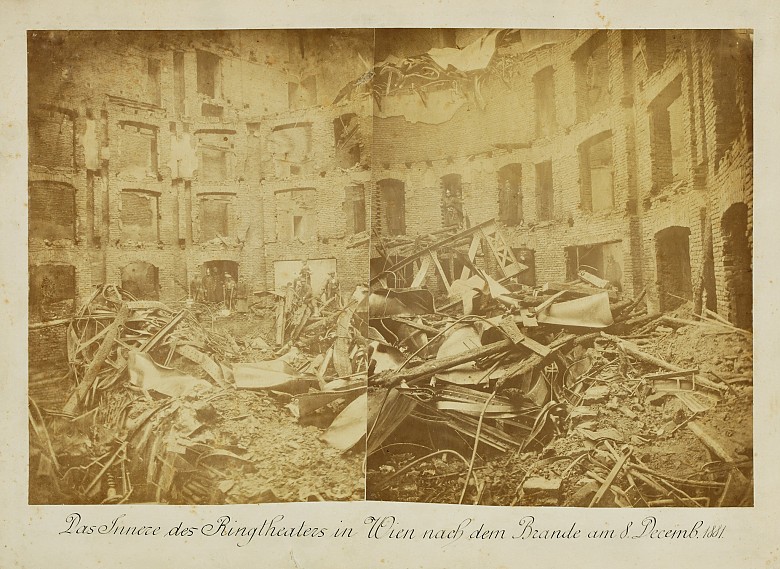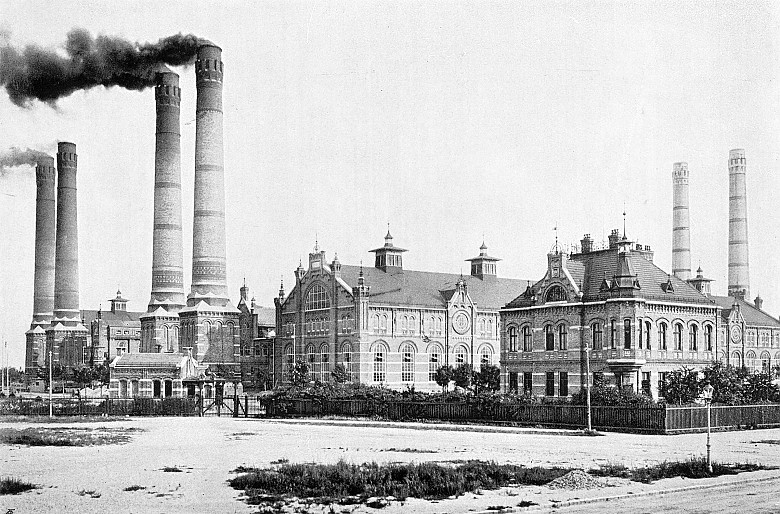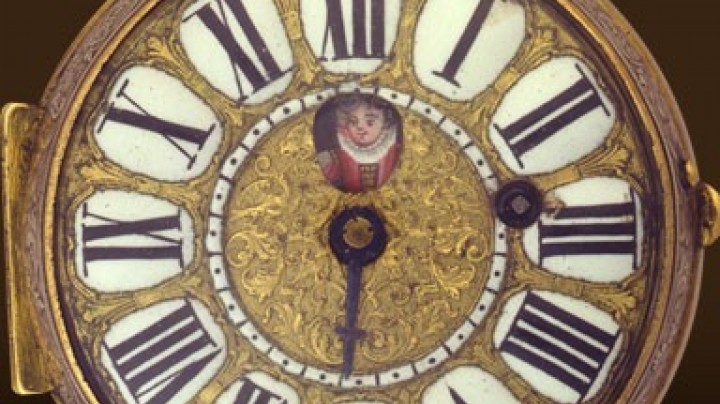Let there be light - Gas and electricity light up Vienna
The Monarchy’s top civil servant preferred to work by candlelight, because electric light irritated his eyes. On the other hand Crown Prince Rudolf and his wife were less pernickety when it came to a wedding present using the new forms of energy.
Although Franz Joseph was no friend of electric light, the Hofburg and Schönbrunn palaces were fitted out with it around 1900. Until then the imperial buildings had mostly been lit by candles. In Vienna’s households open gas flames had provided light since the late 1820s, and towards the end of the century electric light gradually came into use, although private households in some districts of Vienna were not supplied with electricity until the 1920s. Gas and electricity rapidly became indispensable conveniences: they provided light and operated various household appliances and means of transport – the electrically driven tram became known simply as ‘the electric’. The possibility to create light ‘at the press of a button’ changed not only the world of people’s life, work and ideas but also the face of the city: now it was possible for factories to work at night, gas lamps were put up to provide street lighting, and more and more public buildings were equipped with electric light. On the occasion of the marriage of Crown Prince Rudolf and Princess Stephanie of Belgium in 1881 the Vienna Gas Company had a gigantic triumphal arch put up on the Ringstrasse boulevard; it was illuminated by means of innumerable small gas flames. However, gas lighting was not only a convenience but could also be a hazard – the disastrous fire in the Ringtheater in 1881, for example, was caused by an uncovered gas flame. Furthermore, people complained that gas made them feel unwell and gave them headaches and that gas and electricity works in their immediate neighbourhood were damaging the environment. There was another effect of gas and electricity, even though it was not an immediately detectable physical one: supplying energy in this way gave the private and later the municipal providers the power to withhold energy. Districts which were not profitable or where there were other problems could be left without electricity and gas.
















